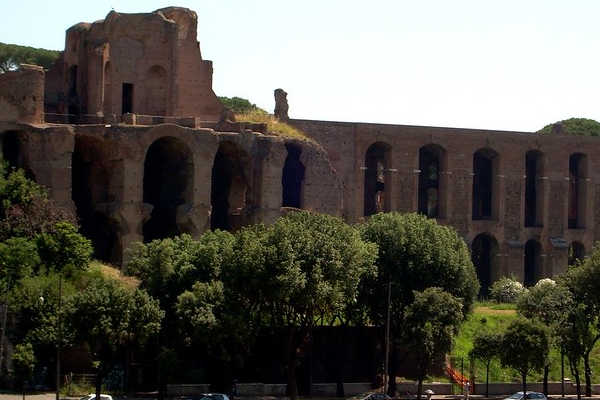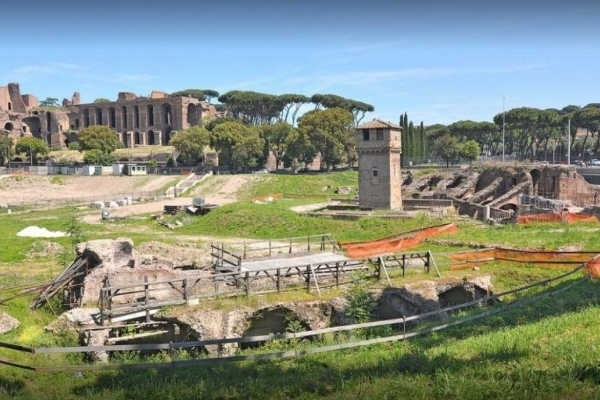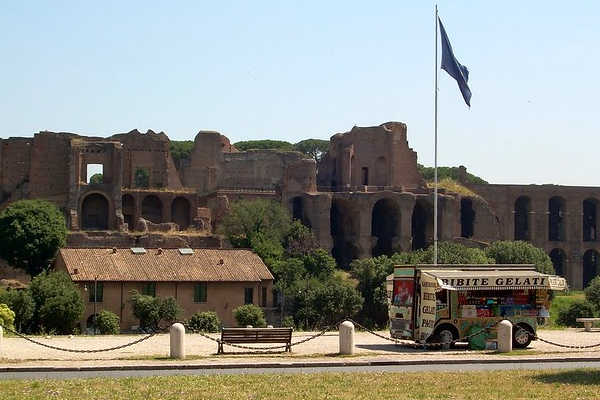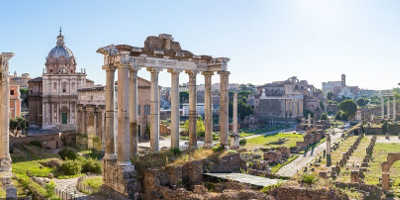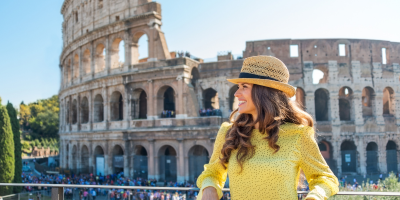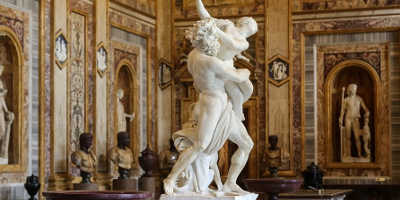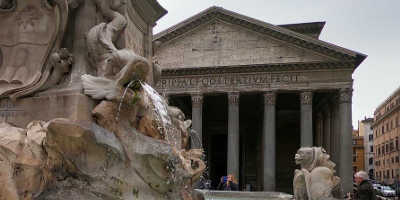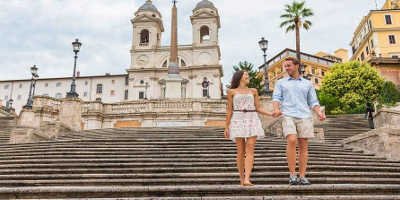Circus Maximus, Rome
When people think about Roman entertainment, chances are they will think of the Colosseum in Rome. However, centuries before the Colosseum was even thought of, a much larger stadium was in use – Circus Maximus.
Whereas the Colosseum could entertain around 70,000 spectators, Circus Maximus could seat over double that with archaeologists estimating that over 150,000 people could be seated at any one time. The stadium was used for a variety of events, the most famous being the Roman chariot races. It is now a historic sight of parkland, used throughout the year for large events or concerts, with the ruins of the building barely remaining.
When Was the Circus Maximus Built?
The greatest chariot racing track Ancient Roman had ever seen, Circus Maximus was built between the valley of Aventine and Palatine Hills over 2,400 years ago. It was the first and biggest stadium in Ancient Rome. The location for Circus Maximus was chosen because it is rumoured to be the mythological site of the Rape of the Sabine Women. The story goes that the founder of Rome, Romulus, attempted to strike a deal with the Sabines to take some of their women for brides. Many of Romulus’s followers were men and they needed women to help grow the population of Rome. When the Sabines refused this deal, Romulus staged chariot races to distract the Sabine men while the Romans stole the women. Some historians have claimed that no sexual assault took place here and that, instead, Romulus struck a deal with the women. He offered them citizenship and the potential to give birth to the children of free men if they married Roman men.
The Birth of the Circus
The exact date of the construction is unknown, with evidence estimating different centuries. Archaeologists gather its construction began at least in the 4th century BC. But roman records state it was constructed earlier, with contrasting records affirming it was done in the 7th century by Lucius Tarquinius Priscus, with other records illustrating the birth even earlier in the 8th century BC, to host the first races by Romulus, Rome’s first king. No matter what you believe, we can gather that this is a very ancient Roman site.
The Structure of the Circus
It was an enormous site, measuring to 621 metres in length and 118 metres in width, accommodating over 150,000 spectators at once. The main features included the track, twelve starting gates (for the chariots), the stadium seats, and the decorated barrier. When it was first built, the stadium was large, but its full size and seating capacity was increased over the years. After previous rulers added more seating for the wealthy and, later, for the commoners, Julius Caesar ordered a huge increase in seating around the entire track which brought the seating capacity to its highest amount yet. Not long after, in 31 BC a large fire swept through the stadium and destroyed much of the seating that Caesear had just built. Another fire at the stadium occurred during Emperor Nero’s time. The stadium continued to go through further improvements and changes over the centuries and was rebuilt in the 1st century AD out of stone to protect it from further fires.
The Use of the Circus
As Rome’s largest stadium, it held an array of public entertainment events throughout the Roman’s rein. The stadium held numerous celebrations, including religious events as well as public festivals games. The most popular event was by far the chariot racing. This involved four horses (on average) pulling a two-wheeled standing vehicle for racers. The racing was much similar to the modern-day car racing, involving a series of laps around the large stadium. The events were often very violent, as collisions were common, causing serious injury or death.
The largest events at the Circus Maximus where the Ludi Romani (‘Roman Games’). These were either full-day or half-day events and were funded by rich and powerful Romans to honour the gods or to celebrate a triumph on the battlefield. The games included chariot races, gladiatorial fights and display, plays, parades, religious ceremonies, wild beast hunts, and feasts.
How You Can See the Circus Maximus today
The slow destruction of the Circus started after the 6th century AD. Frequent flooding caused the lower levels to be buried slowly, resulting in the original track now under 6 metres of soil. The site was occupied in and after the 11th century, used as housing complexes and market gardens. The Circus is now a large park area, used for large events and concerts, with only small sections of remains. Travel on a tour to find out about each missing section of the stadium, discovering the secrets of the area.
Things to see near Circus Maximus
Situated next to Circus Maximus is Palatine Hill. This site has a rich mythological history and is said to be where Romulus and Remus were raised by a she-wolf in a cave. Romulus is the founder of Rome and the hut in which he is rumoured to have lived can still be visited. Other powerful figures made Palatine Hill their home including Emperors Augustus, Tiberius, and Domitian. These emperors ordered the construction of incredible buildings on the hill, the remains of which are still there and are a wonderful sight to see. Highlights include the House of Augustus, the House of Livia and The Flavian Palace. Many tours operate around the area and allow you to take in the vast history of Ancient Rome.

